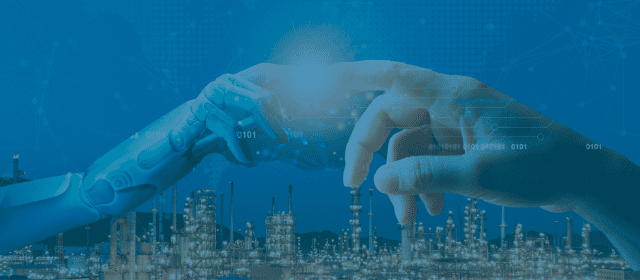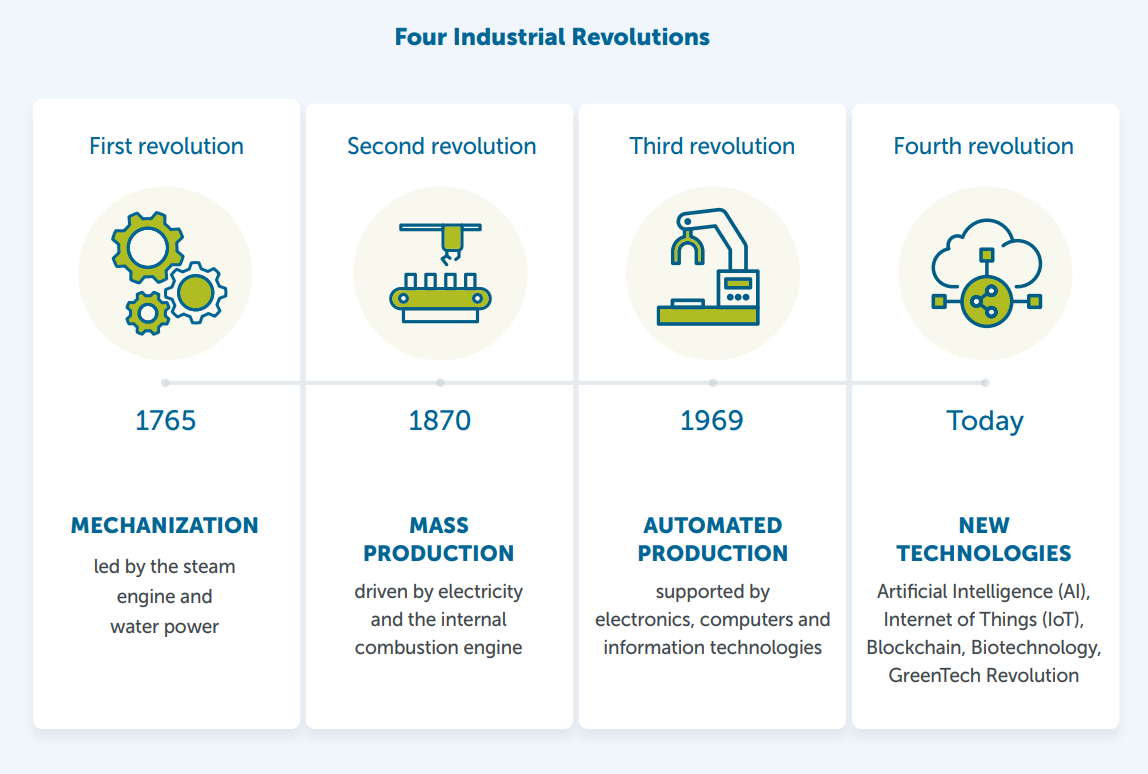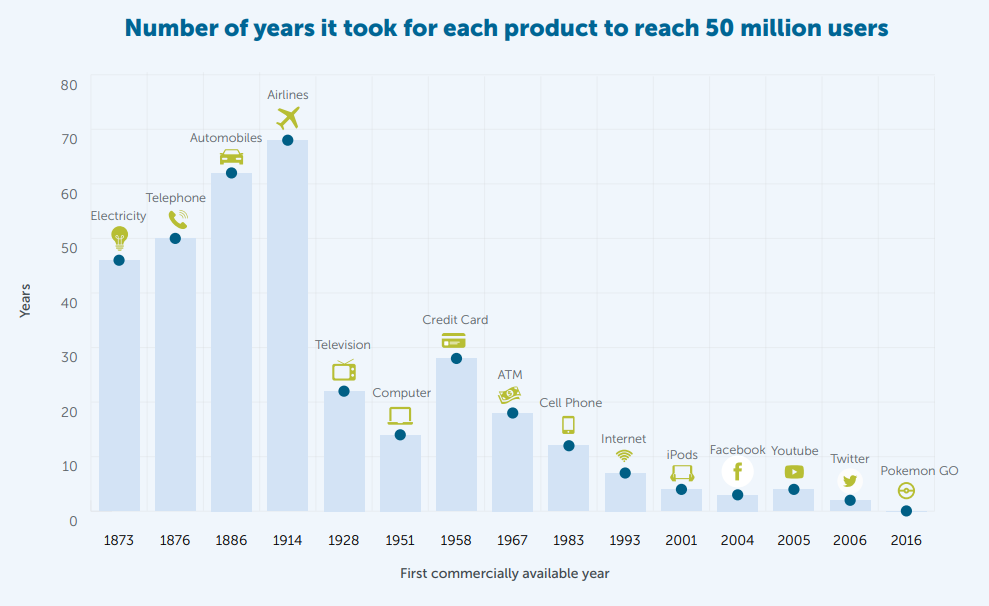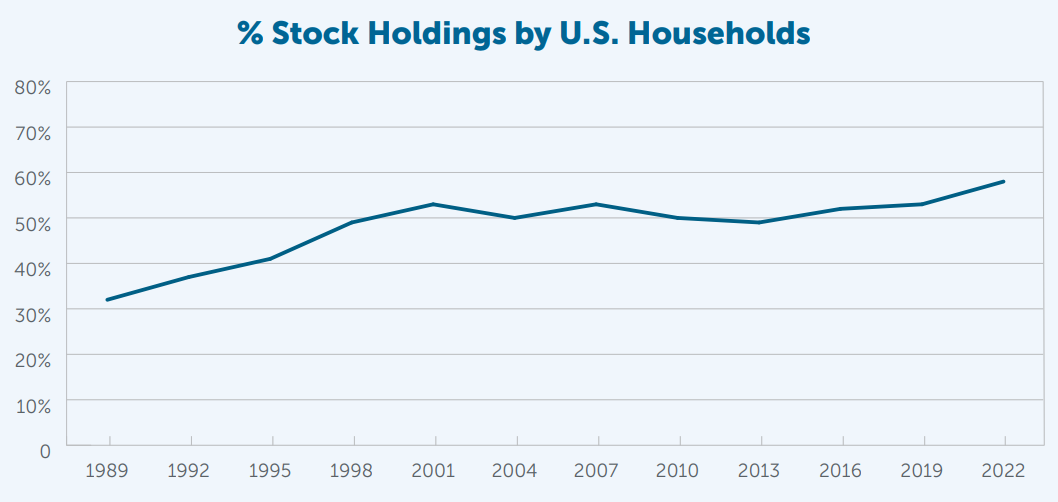The Unprecedented Scope and Investment Opportunity of the Fourth Industrial Revolution

The Fourth Industrial Revolution may be a watershed moment in human history, eclipsing the transformative power of its predecessors through the fusion of physical, digital, and biological spheres. As we witness the integration of groundbreaking technologies like AI, robotics, IoT, blockchain, and biotechnology, the investment landscape presents a wealth of opportunities that mirror the massive economic shifts of past revolutions.

Key Takeaways
Rapid Technological Transformation: The Fourth Industrial Revolution, driven by Artificial Intelligence (AI), biotechnology, the Internet of Things (IoT), and other innovations, are reshaping industries at an unprecedented pace.
Broad Investment Access: Unlike past industrial revolutions, today’s investment opportunities are widely accessible, democratizing participation in high-growth sectors.
Generational Investment Opportunity: This era offers a unique chance for investors to engage with transformative technologies with the potential to reap the resulting investment returns.
Sustainable and Innovative Impact: The integration of advanced technologies not only drives economic growth but could also help address global challenges, making this a pivotal moment in history.
To grasp the profound potential impact of the Fourth Industrial Revolution, one must first look back at the series of technological shifts that have historically redefined human society. It began with the advent of steam power, which gave birth to factories and railways, reshaping labor and trade. Later, electrification and mass production marked another leap forward, followed by the revolutionary introduction of computers and digital technology. Today’s landscape is different: cutting-edge advancements like AI, biotechnology, and the IoT to name a few, are transforming our world at a breakneck pace. Unlike in the past, these innovations are no longer exclusive to the elite; widespread access to financial markets means that now most can participate in these exciting investment opportunities. This evolution is not merely a historical progression—it’s an open invitation for everyone to consider becoming part of a significant shift in economic potential. It’s crucial for all investors to recognize and consider leveraging this moment, with the help and consultation of their advisors, as it stands as a testament to the rapidly evolving nature of industry and investment.
Past Industrial Revolutions
Consider the First Industrial Revolution, which began in the late 18th century. It took decades for steam engines to revolutionize industries and transport. It was a slow burn, with factories gradually springing up and railways slowly spreading their iron webs.
The Second Industrial Revolution in the late 19th and early 20th centuries, driven by electricity and the internal combustion engine, sped things up considerably. It took about 40 years for electricity to become widespread in industrial applications and households.
The Third Industrial Revolution, starting in the mid-20th century, brought computers and digital technology. This revolution picked up pace, with personal computers becoming household items within about 20 years and the internet connecting the globe in even less time.

Drawing Parallels with Today
Now, enter the Fourth Industrial Revolution. The speed at which innovations are scaling is staggering. Consider how quickly smartphones went from a novelty to a necessity—barely a decade. Technologies like AI and the IoT are being adopted at an unprecedented pace, creating a tidal wave of change across industries. The acceleration is breathtaking: what took decades in the past is now happening in years or even months.

Source: Visual Capitalist www.visualcapitalist.com/how-long-does-it-take-to-hit-50-million-users/ and Britannica.com
Core Technologies of the Fourth Industrial Revolution
The Fourth Industrial Revolution is marked by a convergence of key innovations that are revolutionizing industries and presenting investors with unparalleled opportunities. Artificial Intelligence (AI) is at the forefront of sectors like healthcare, driving personalized medicine and enabling advanced treatments through AI-driven diagnostic tools, enhancing patient care and efficiency. Meanwhile, in manufacturing, the synergy between robotics and the Internet of Things (IoT) is giving rise to smart factories, promoting efficiency and cost reduction through automation, predictive maintenance, and quality enhancement.
The reach of IoT extends to consumer electronics as well, with the emergence of smart homes and cities powered by connected devices, widening the investment sphere into a growing ecosystem that includes hardware, software, and service support.
Blockchain, is making its most significant impact in the finance sector, serving as the foundation for decentralized finance (DeFi) and fintech innovations, and reshaping how transactions, security, and transparency are managed.
Biotechnology is also advancing, particularly in healthcare, by advancing personalized medicine and developing innovative agricultural solutions like gene editing and biofuels, which addresses the world’s pressing environmental concerns.
Lastly, the energy sector is being transformed by the convergence of AI and IoT, leading to the establishment of smart grids, renewable energy sources, and energy-efficient technologies, each offering significant investment potential as the global community increasingly shifts toward sustainable energy pathways.
The fusion of these technologies into specific sectors illustrates the potential depth and breadth of the Fourth Industrial Revolution’s investment landscape. It’s an intricate tapestry where advances in AI, robotics, IoT, blockchain, and biotechnology interweave with healthcare, manufacturing, finance, consumer electronics, and energy sectors, each thread offering a strategic pathway for investors to weave their portfolios into the fabric of tomorrow’s economy.
Democratization of Investing
In the past, investing was a privilege reserved for the wealthy and well-connected. During the First Industrial Revolution, only a small elite had the means and the knowledge to invest in burgeoning industries. For instance, in the early 19th century, the stock market was highly exclusive, with barriers like high transaction costs and limited information access. The initial stages of industrialization required significant capital, which was primarily provided by aristocrats and landowners, wealthy merchants and early industrialists. As new industries and technologies emerged, the general public couldn’t directly benefit from their growth through investments. This meant that the potential for wealth creation was largely restricted to those who already had capital.1
The Third Industrial Revolution, beginning in 1969 with the adoption of nuclear power and the age of electronics, telecommunications and computers, began to open the doors wider for retail investors, but even as recently as the 1980s, the majority of households did not participate in the stock market. In fact, as late as 1989, only 31% of U.S. households owned stocks.2
Today, the investment landscape is dramatically different. Financial markets have become more accessible to the general public, especially with the introduction of mutual funds and retirement accounts, resulting in a surge of demand for advisors. By 2023, approximately 58% of Americans owned stocks,3 reflecting a significant broadening of participation. Technological advancements and regulatory changes have lowered barriers to entry, allowing everyday investors to participate in high-growth sectors that were previously inaccessible.

Source: Federal Reserve’s Survey of Consumer Finances (SCF), 2023 Survey of Consumer Finances. www.federalreserve.gov/econres/scf/dataviz/scf/chart/#series:Stock_Holdings;demographic:all;population:1;units:have. Data is presented from 1989-2022
The Generational Opportunity
This democratization represents a generational opportunity. Never before have so many people had the tools and access to invest in the cutting-edge technologies driving the Fourth Industrial Revolution. This is not just a chance to invest in individual companies but to participate in a transformative economic shift on a global scale.
However, with great opportunity comes the need for prudent guidance. While technology makes it easier to invest, the role of a knowledgeable advisor has never been more critical. Advisors can help navigate the complexities of modern investment opportunities, ensuring that clients’ portfolios are balanced and aligned with their financial goals. This guidance is essential for managing the risks associated with high-growth, high-volatility sectors.
In summary, the Fourth Industrial Revolution may be a watershed moment in human history, eclipsing the transformative power of its predecessors through the fusion of physical, digital, and biological spheres. As we witness the integration of groundbreaking technologies like AI, robotics, IoT, blockchain, and biotechnology, the investment landscape presents a wealth of opportunities that mirror the massive economic shifts of past revolutions. This era offers an unparalleled democratization of investing, granting unprecedented access to high-growth sectors for an ever-expanding cohort of investors. While navigating this novel terrain necessitates informed financial guidance, it also beckons a call to action for individuals and advisors alike to partake in the shaping of our collective future. The potential lies not only in lucrative returns but in supporting an era of innovation and sustainable solutions for some of society’s most intricate challenges. The Fourth Industrial Revolution thus represents not just a leap in technological achievement, but a pivotal opportunity for forward-thinking investments that could leave a lasting impact on the world’s economic and social fabric.
![]() Download the full PDF
Download the full PDF
1 Source: www.britannica.com/event/Industrial-Revolution/The-first-Industrial-Revolution
2 Source: Federal Reserve’s Survey of Consumer Finances (SCF), 1989 Survey of Consumer Finances.
3 Source: Federal Reserve’s Survey of Consumer Finances (SCF), 2023 Survey of Consumer Finances.
This document reflects the views of Empire Life as of the date published. The information in this document is for general information purposes only and is not to be construed as providing legal, tax, financial or professional advice. The Empire Life Insurance Company assumes no responsibility for any reliance on or misuse or omissions of the information contained in this document. Information contained in this report has been obtained from third party sources believed to be reliable, but accuracy cannot be guaranteed. Please seek professional advice before making any decisions.
A description of the key features of the individual variable insurance contract is contained in the Information Folder for the product being considered. Any amount that is allocated to a Segregated Fund is invested at the risk of the contract owner and may increase or decrease in value. Please read the information folder, contract and fund facts before investing. Performance histories are not indicative of future performance.
® Registered Trademark of The Empire Life Insurance Company. All other trademarks are the property of their respective owners.
October 2024




